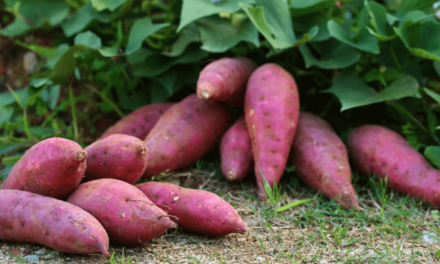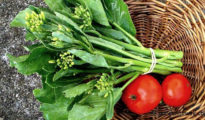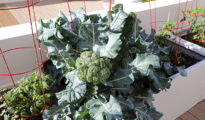Minnesota gardening presents unique challenges that can be met by gardening with the right vegetables and gardening techniques. These are the best vegetables to grow in Minnesota!
For example, gardeners in more southern regions might not need to worry as much about basil freezing, but those gardening in Minnesota will need to learn how to care for their basil as winter approaches. I've discovered gardening is fun and challenging! I hope you enjoy these 17 best vegetables to grow in Minnesota.
1. Radishes
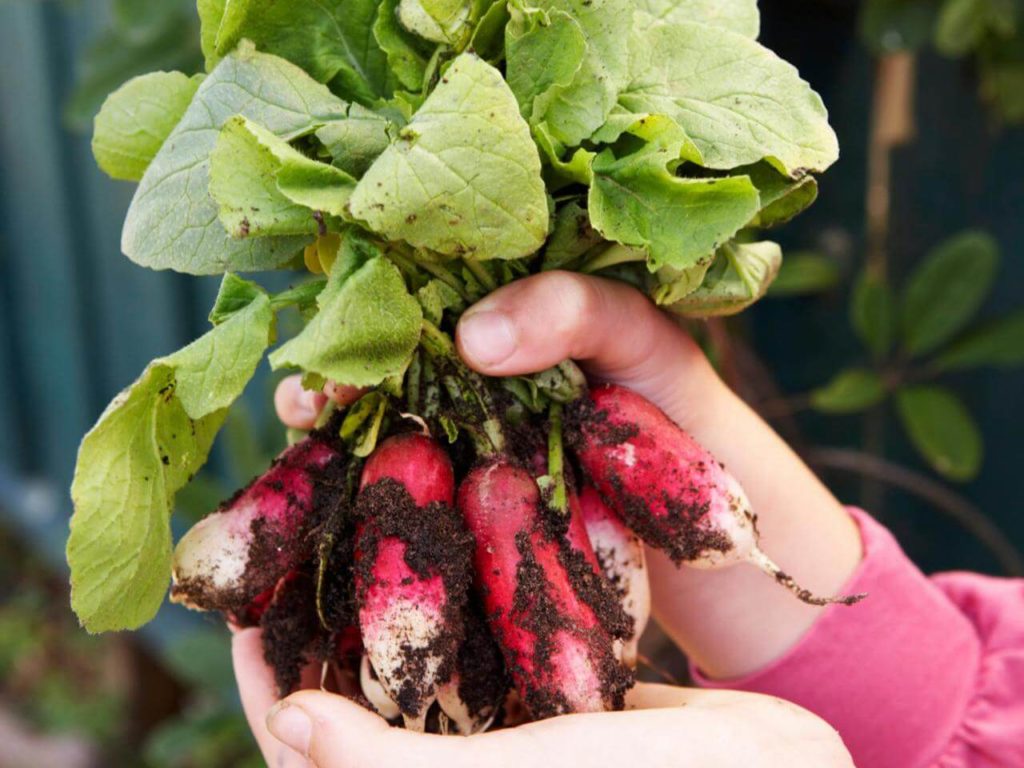
Radishes are great for first-time gardeners because they are straightforward to plant, mature quickly, tolerate a variety of soils, and are very easy to handle. They come in a large variety of colors and flavors, making gardening a fun experience for children or those who enjoy gardening as a hobby or pastime.
2. Onions
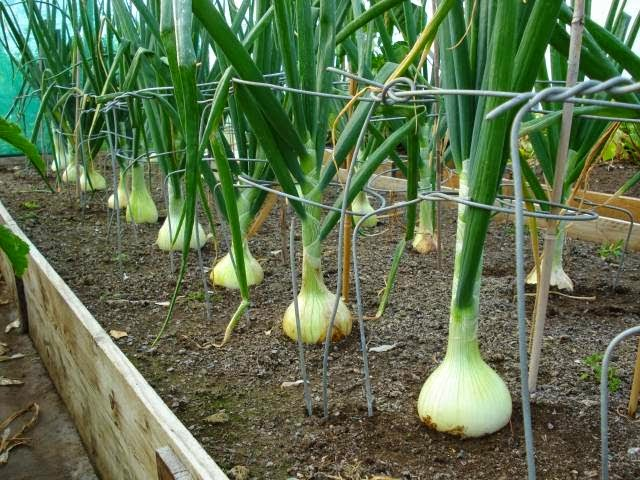
Onions have been grown by humans for more than 5,000 years because they not only retain their flavor well when dried, but they are also healthy to eat. They grow well in most gardening zones, and their bulbs can be harvested at the end of the summer.
3. Leeks

Leeks require a cold period to produce edible leaf bases that are commonly used in cooked dishes. The shorter types are good for small gardens or containers because they take up less space. Leeks are also good for gardening because they can be harvested all winter if left in the ground, so gardeners do not need to worry about them rotting outdoors after harvest like other vegetables.
4. Lettuce
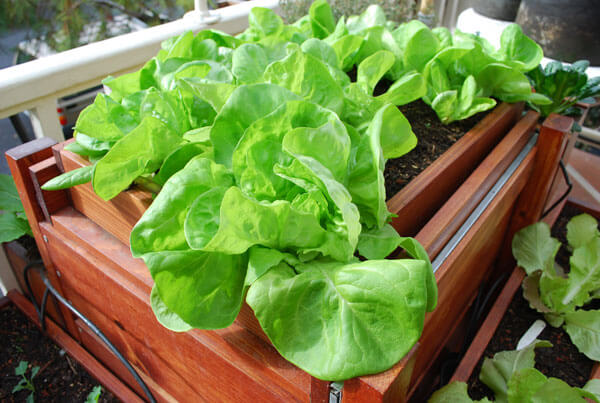
Lettuce is another obvious choice for gardening beginners because it grows quickly and is easy to harvest. There are many types of lettuce, so gardeners can experiment with gardening until they discover which type grows best in their area.
5. Carrots
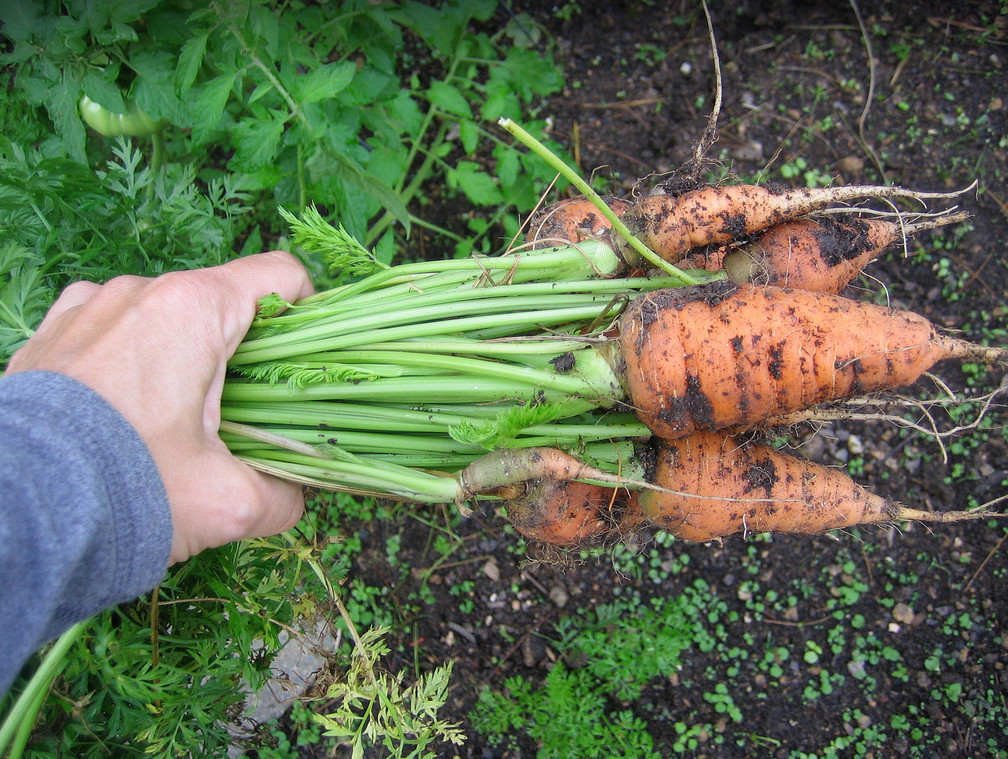
Carrots are an excellent choice for gardening because they grow quickly and require minimum care while growing; like radishes, carrots also do not need much space in the garden. Carrots are nutritious to eat, and they are one type of vegetable gardening beginners find easy to grow. However, carrots need deep soil to produce large roots.
6. Cucumbers
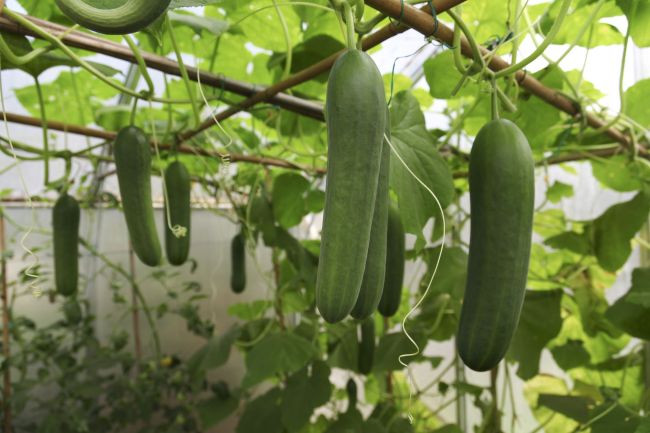
Cucumbers are another gardening favorite for many gardeners because they come in both vining and bush types that can fit in any sized gardening space. Some cucumber types can even be grown in a container! Cucumbers require warmer temperatures and moist soil to grow well, but they are worth gardening because their fruits can satisfy the summertime appetite for fresh vegetables.
7. Zucchini
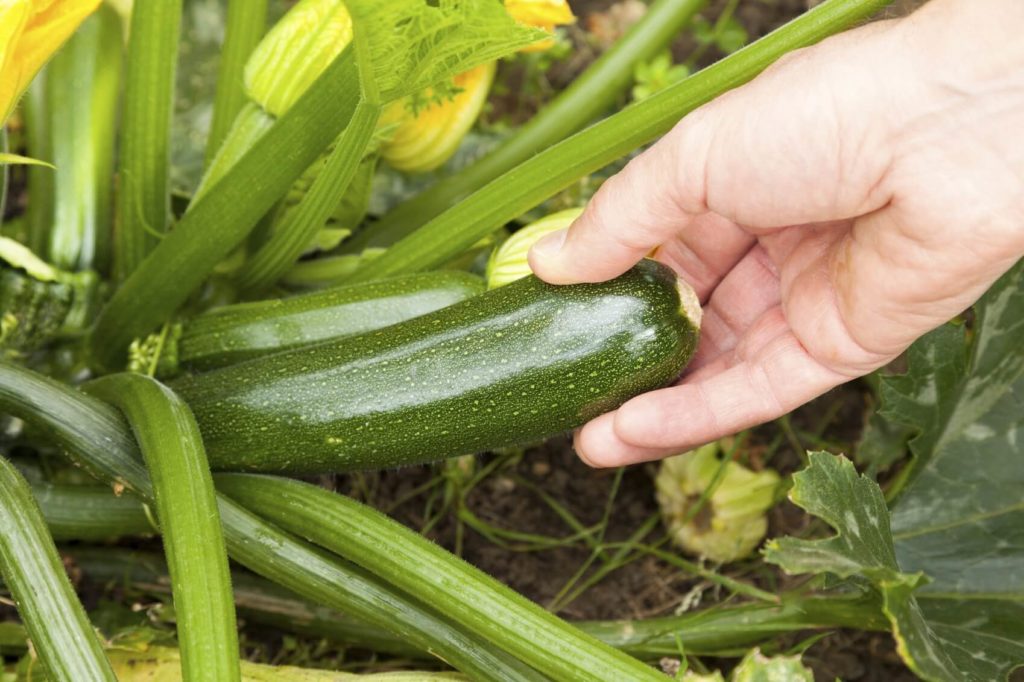
Like cucumbers, zucchinis come in both vining and bush types, so gardening beginners can choose the type that best fits their gardening space. These summer squashes grow quickly and produce a large crop in a short amount of time.
8. Peppers
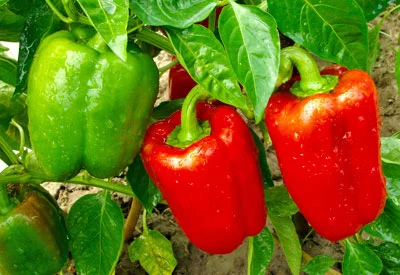
Peppers come in many shapes and colors, making them a favorite garden plant for gardening enthusiasts who love diversity in their gardening projects or gardening as a creative hobby. They can be harvested and eaten at any stage of maturity, so gardening beginners always have fresh vegetables to enjoy.
9. Tomatoes
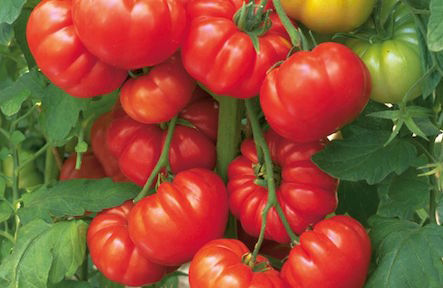
Tomatoes are another gardening favorite because they come in so many varieties and colors . Gardeners should plant tomato seeds or seedlings indoors about eight weeks before they plan to transplant the seedlings outdoors. Tomatoes need warm temperatures and well-draining soil, but they are worth gardening because their fruit can satisfy gardeners' taste buds in summertime.
10. Green Beans
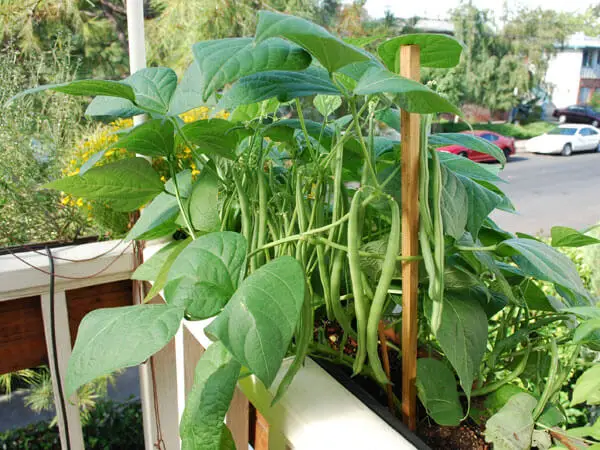
Green beans are another gardening favorite for beginners because they do not require much space . Some green bean plants can be grown as a climbing vine, while others can grow as a bush. Green beans require full sun and well-draining ground to grow successfully, but gardening beginners still find them worth gardening because they produce tasty vegetables quickly.
11. Summer Squash
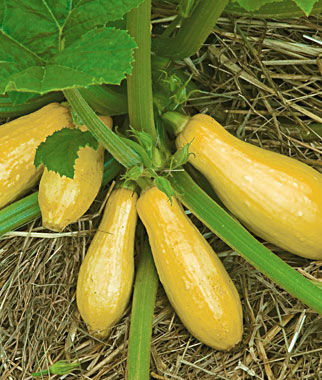
Summer squashes are heat-loving plants that need warm weather to grow their fruits. They grow quickly and produce a large crop, so gardening beginners find them worth gardening as well as tasty to eat.
12. Potatoes
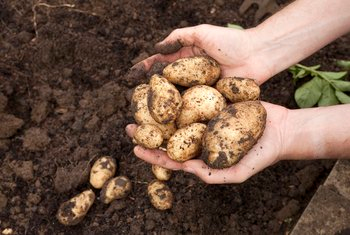
Potatoes are one of gardening's most popular vegetables because they can be harvested throughout the growing season . Their flowers and roots also look beautiful in gardens or containers. Gardening beginners also find potatoes easy to grow, and gardening enthusiasts love them because there are so many varieties to discover.
13. Broccoli

Gardening enthusiasts love growing broccoli because the plant produces many small heads of florets . Broccoli is easy to grow if gardeners choose the right type for their gardening zone, and gardening enthusiasts enjoy growing it because they can produce many tasty heads of broccoli over an extended amount of time. After harvesting the florets, gardening beginners can allow the plant to continue growing until it forms a miniature head of cabbage.
14. Cabbage
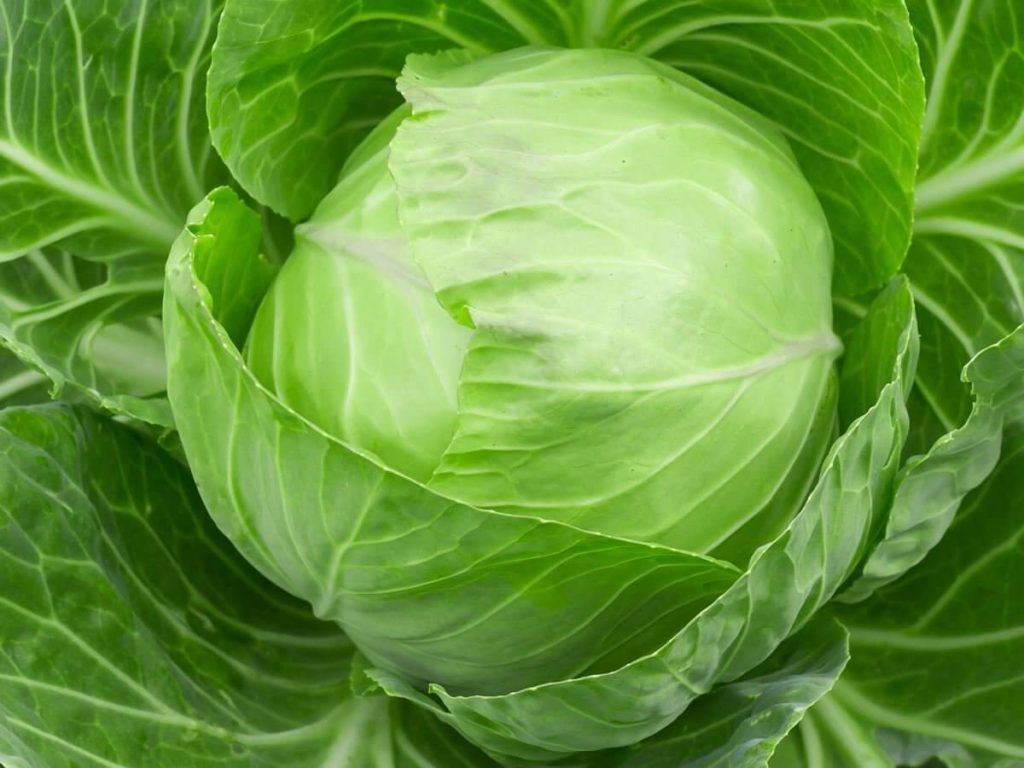
Cabbage is another favorite gardening veggie for gardening beginners because it is easy to grow . This vegetable does take up a large amount of gardening space, so gardening beginners usually plant only one or two cabbage plants at a time. Gardening enthusiasts enjoy growing cabbage because there are so many varieties and colors to discover.
15. Kale
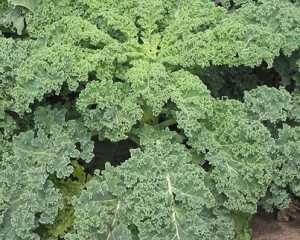
Gardening enthusiasts love kale because it has many varieties that produce different colors and leaf textures . But gardening beginners can still find kale worth gardening because it grows in cool weather, produces delicious leaves, and takes up little gardening space.
16. Sweet Potatoes
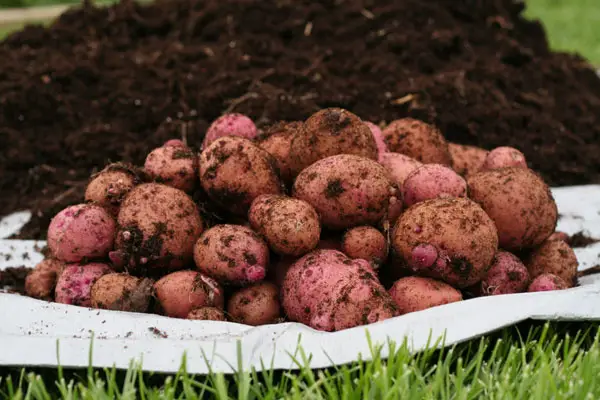
Gardening enthusiasts love growing sweet potatoes because some varieties are perfectly suited to cool climates . They are easy to grow, gardening beginners find them worth gardening, and gardening enthusiasts enjoy growing them because there are so many varieties to discover.
17. Pumpkins

Pumpkins need a long growing season , but gardening enthusiasts still enjoy growing them because they produce large fruits . Gardening beginners can also grow pumpkins if their gardening zone provides enough time for the pumpkins to grow, and gardening enthusiasts can enjoy growing pumpkin varieties that produce unusual colors or shapes.
So now that you know the best vegetables to grow in Minnesota, it's time to roll up your sleeves and get to planting!


